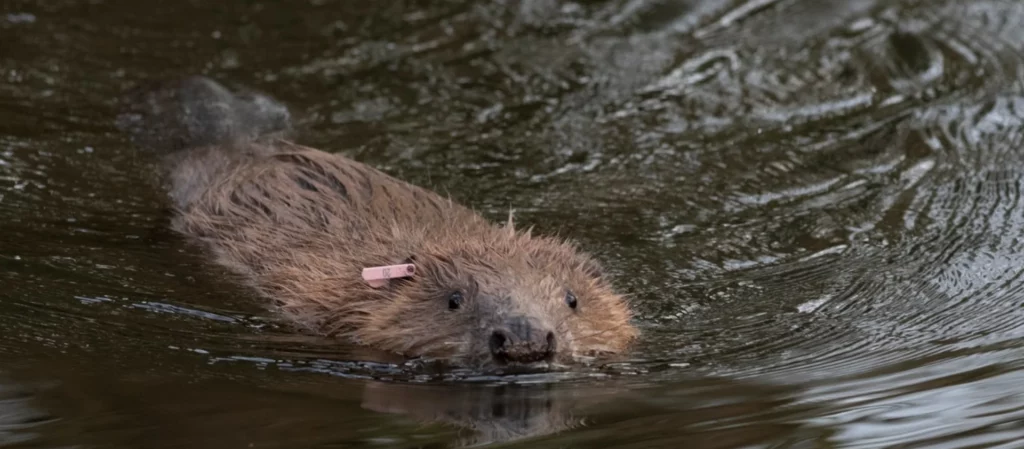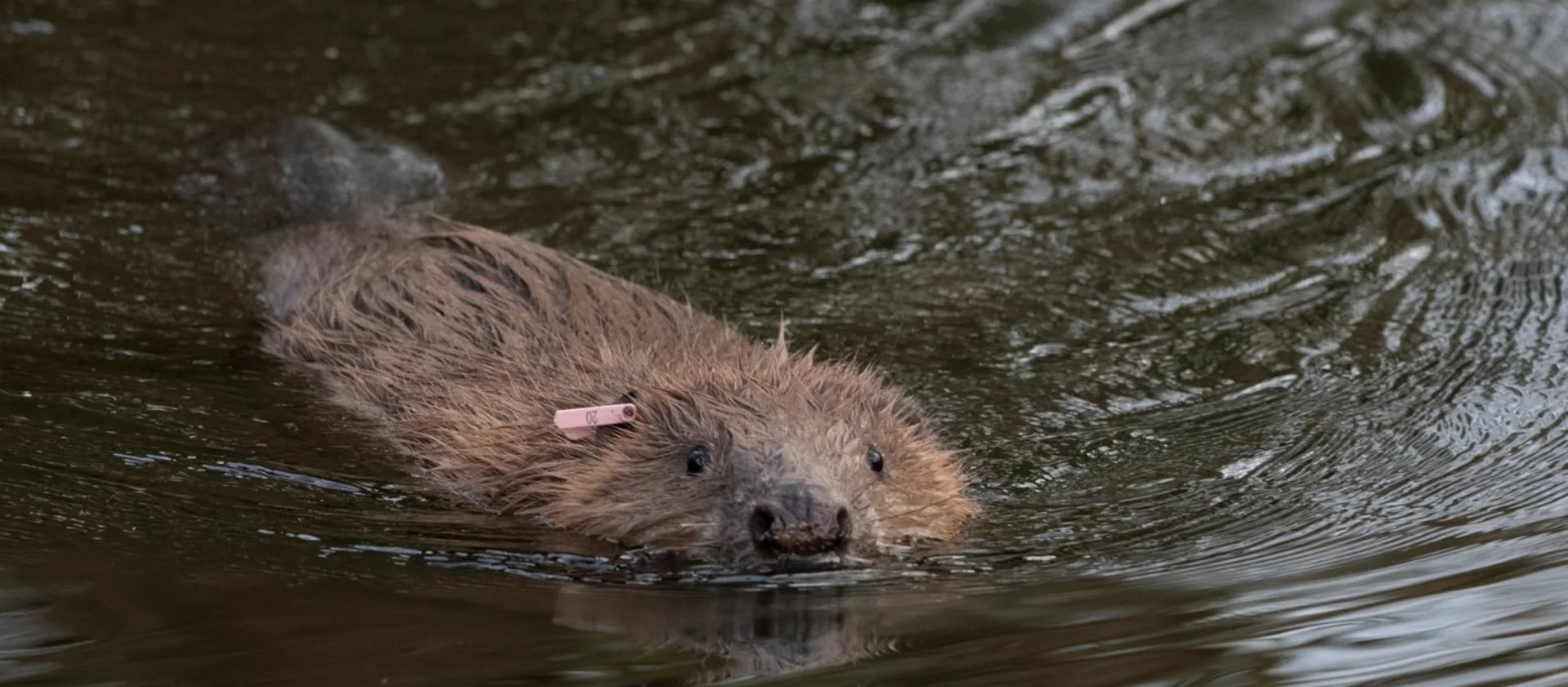Hundreds of years after they were hunted to local extinction, wild beavers are back in Britain’s rivers.
How did beavers become extinct?
Eurasian beavers were hunted for their fur, meat and scent sacs, used for medicine and perfume. They also suffered due to river modifications during agricultural growth and industrialisation. By the 16th century, they were extinct in several countries, including Britain. And by 1900, only around 1,200 individuals were thought to exist across Europe and Asia.
Bringing them back
Countries such as Sweden, Germany and Austria began to reintroduce beavers throughout the 20th century and by 2003, the estimated population was 639,000. They’re now considered to be of ‘least concern’ on the IUCN Red List, with an increasing population size.
Official reintroductions took place in the UK in the 2000s and 2010s, but there were also some populations discovered with unknown origins.

Why are they important?
Beavers are a keystone species – which means they have a strong positive impact on the environment.
By building dams that create ponds and piles of dead wood, beavers construct habitats in which many other creatures live, including invertebrates, fish and birds.
Their dams can also stop soil erosion flowing into the sea, trap carbon and pollutants, and slow the flow of water, which may reduce the risk of flooding by up to 60%.
The River Otter Beaver Trial
One of those populations of ‘unknown origin’ has been living in the River Otter, in the English county of Devon, since 2008. In 2014, the beavers gave birth to kits (babies).
As they hadn’t been officially reintroduced and there wasn’t an environmental impact report as to their presence, the government initially wanted to remove them from the river.
But the Devon Wildlife Trust proposed an alternative – a five-year monitoring plan to see what impact the beavers had on the environment.
The beavers were checked for non-native diseases and then re-released back to the River Otter, where they continued to breed.
In 2016, two new adult beavers were introduced to the area to widen the gene pool.
Do beavers live anywhere else in the UK?
Beavers can now be found in many parts of Britain – even London. Record numbers were released in 2020 and 2021.
They have been declared a native species in Scotland and in late 2022, they’re expected to get the same classification in England, which affords them legal protection.
Is everyone happy about this?
Some people have concerns about the impact of beavers. Landscapes have changed dramatically since beavers were last in Britain and some have expressed concerns about not being able to control populations with their new protected status, especially given the lack of natural predators.
However, there are ways to allow humans and wildlife to live peacefully together.
Having reintroduced beavers in the 1960s, Germany has had decades to development conflict resolutions – providing valuable lessons for other areas.
For example, farmers are compensated for costs, such as burrows that cave in and damage machinery or dams that flood their fields; beaver relocations are also conducted when necessary. Certain trees are protected by wrapping wire mesh around the trunks. Flooding on private land has been mitigated by building clay banks to redirect the water. Good communication between ecologists and land owners has been key.
Some people also have concerns about fish stocks. Beavers don’t eat fish, but their dams may prevent movement up and down rivers (in addition to manmade barriers to fish migrations). And others have said that British waterways are simply not healthy enough for beavers. Researchers have to continuously monitor these issues.
How to see beavers in the wild
Beavers are mostly nocturnal, but if you’re patient (or lucky) you might see them on summer evenings while it’s still light until late. The best way to see them is to head to the area known to have a beaver population in the early evening and stay out until it’s dark – make sure you bring a headlamp and warm clothes. Be as quiet as you can and ideally don’t bring dogs.
If you’re in an area where the beavers are being monitored, record the timing of your sighting and the location with information such as the ear tag colour if the animal has one (take a photo if possible) – this kind of citizen science is really helpful for researchers.
What do you think about rewilding? Is it a positive thing – or complicated? Let us know in the comments!
Sources
BBC, Beavers back in London after 400-year absence
Beaver Trust, Building resilience: A natural solution to human problems
Countryfile, Guide to Britain’s beavers: history, reintroduction and best places to see
Denisia, Beaver (Castor fiber L, Castoridae) management in Bavaria
Devon Wildlife Trust, River Otter Beaver Trial
Hydrological Processes, Beaver dams attenuate flow: A multi-site study
Lutra, Population and distribution of European beavers (Castor fiber)
Natural History Museum, Record numbers of beavers are being introduced to the UK
Natural History Museum, Scottish beavers are now a protected species
Rewilding Britain, Eurasian beaver
The Conversation, Beavers are back: here’s what this might mean for the UK’s wild spaces

